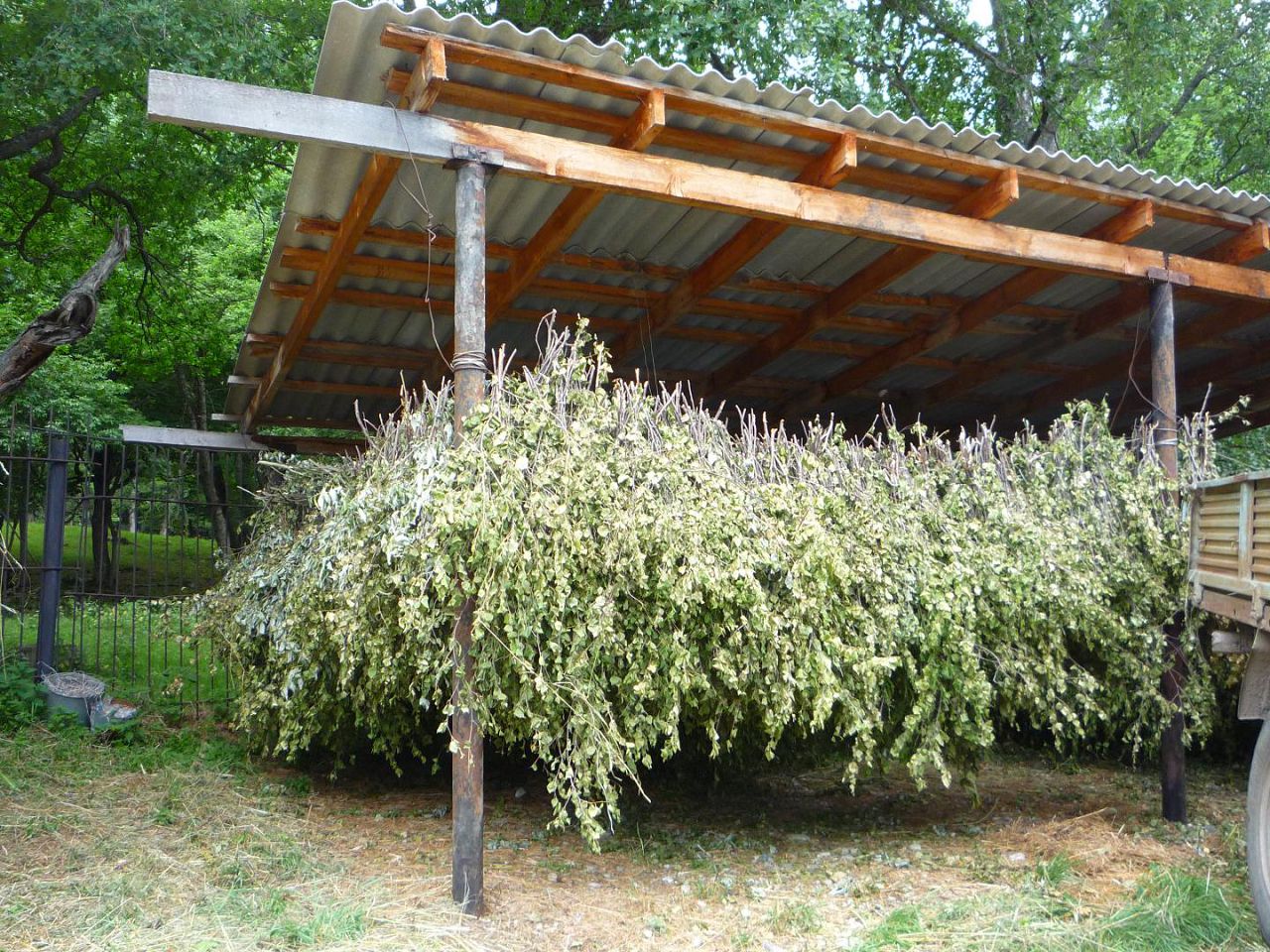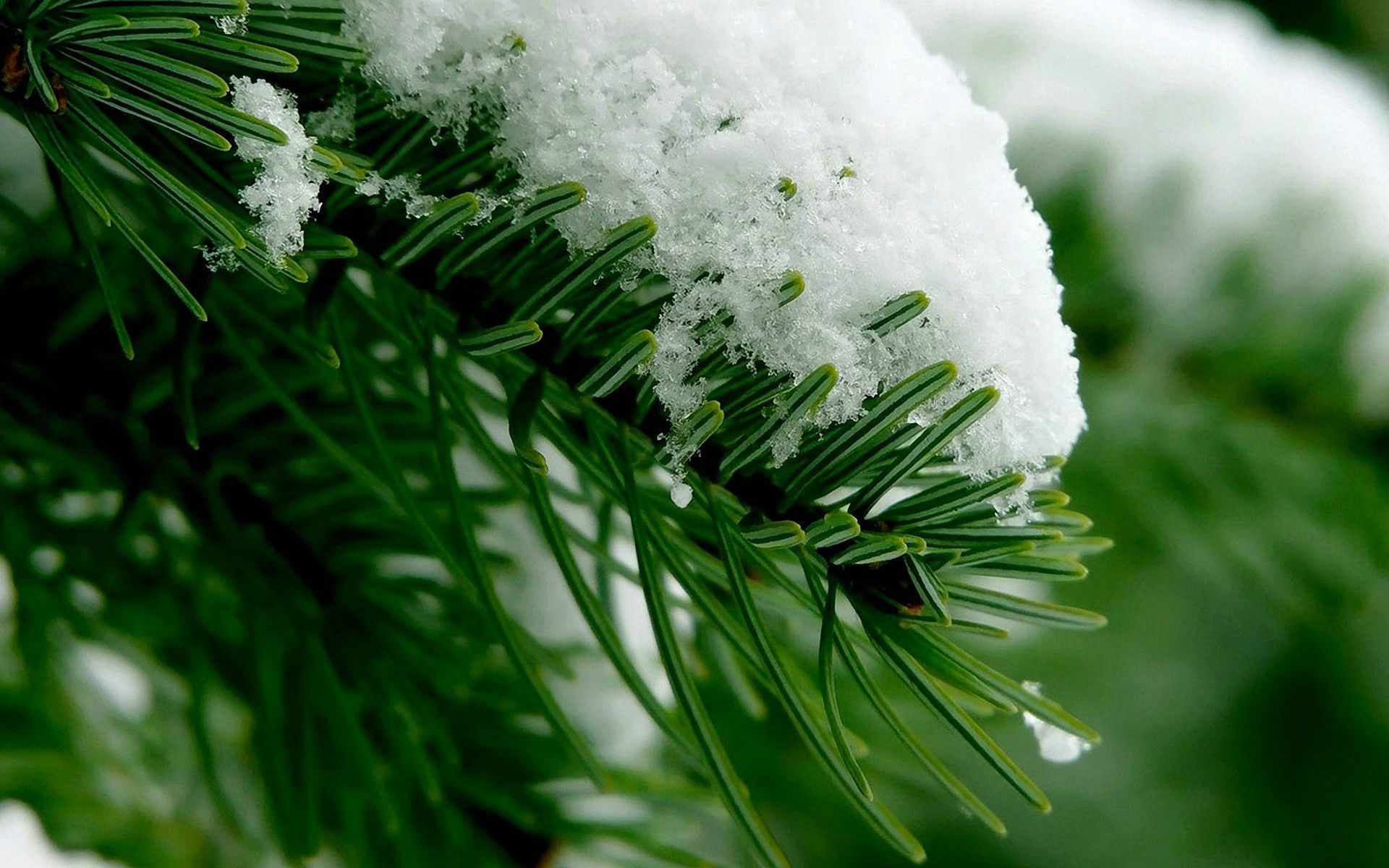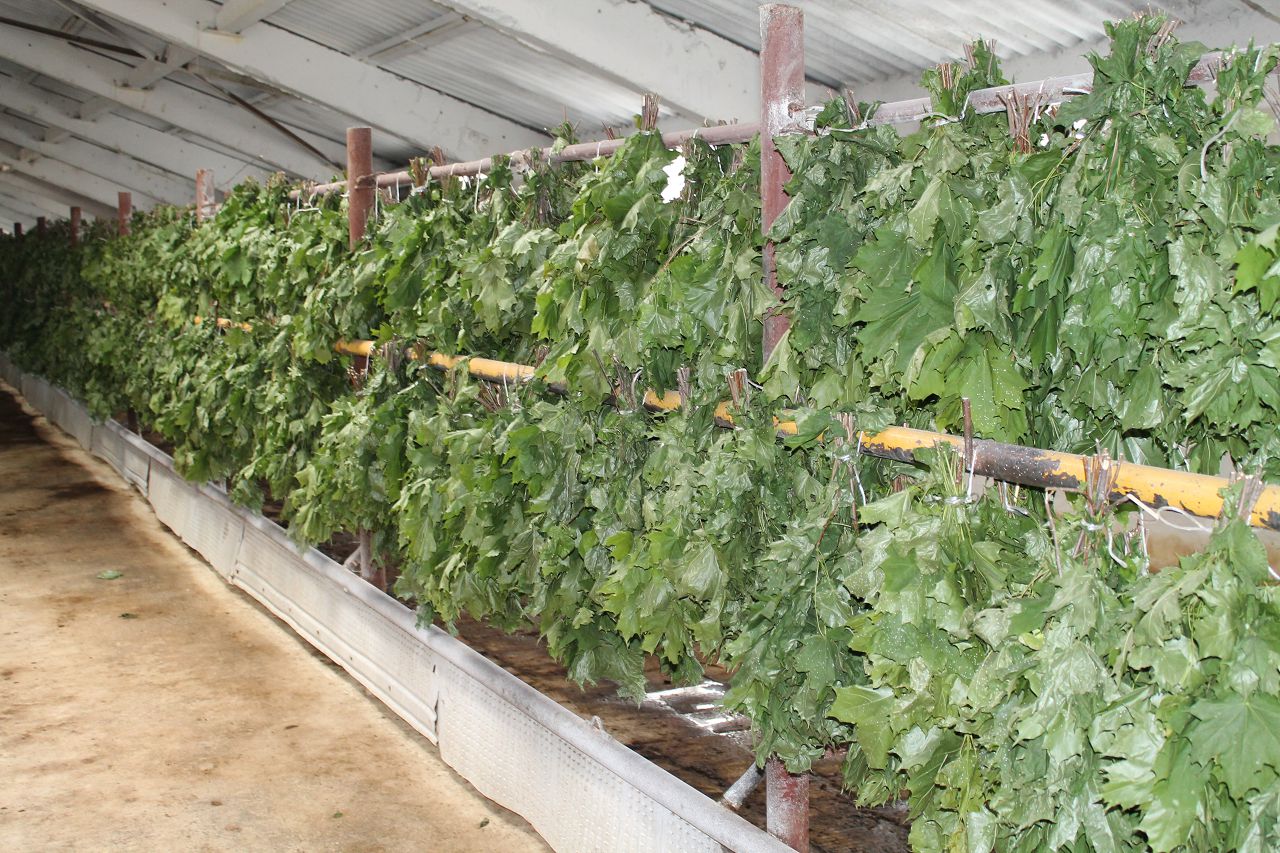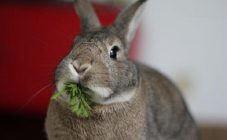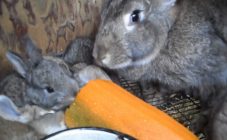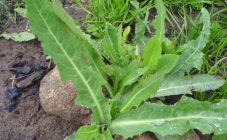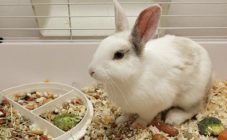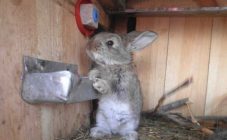Content:
Rabbits are quite demanding animals. Food should be of high quality and varied. Due to the specific structure of the gastrointestinal tract of animal feed, both soft and hard are required. The rabbit should feed on root crops and their tops, cereal grains, corn and legumes, fresh grass, hay and tree branches.
In their natural habitat, rodents independently regulate their diet. In captivity conditions, the rabbit farmer is responsible for this. From what kind of food he will feed his charges, their health, growth, reproduction and, ultimately, the quality of rabbit meat and profit depends.
There are many publications about soft, juicy feed, hay making. This article will focus on this type of feed, thanks to which the farmer can significantly save money, because this food does not need to be bought. It is enough just to devote some of your time, make a little effort, and the rabbits will be provided with them for the whole year. It's about tree branches.
Branches in the diet of rabbits
Young branches and tree bark are vital in the diet of rabbits. The fact is that the food in the gastrointestinal tract of these animals is not promoted by muscle contractions, but simply pushed by a new portion of food. That is why rabbits eat 10-12 times a day. Their stomachs and very long intestines are practically devoid of muscle tissue. Therefore, in order for the feed to grind, solid food is required, which are tree branches and bark.
In addition, young tree shoots are rich in trace elements and vitamins that rabbits need for normal growth and development. In addition, by the spring-summer (and it is at this time of the year that it is best to harvest branches), all last year's root crops and cereals significantly lose their vitamin reserves. And a fresh young twig with freshly blossomed leaves is the best remedy for vitamin deficiency.
Benefits of branch feed from an economic standpoint
A farmer who does not have large plots of land to grow roots and fodder has to buy all this. And those who can afford to allocate several hectares of land for growing feed for a rabbit farm also need to spend money on seed, fuel for machinery, and the like. And there is nothing to say about a private household farm - such a rabbit breeder often does not even have the opportunity to purchase feed in bulk. There is no storage space and no funds to purchase bulk feed.
Branch feed for rabbits will not cost the breeder anything, except for the time and effort involved. For example, acacia, maple or birch brooms for rabbits can be cut in a nearby forest belt. You can go to a neighboring farm where there is an orchard, which is pruned every year. If the scale of the rabbit farm is not industrial in nature, but simply on the personal plot there are several cages with rabbits, the trees that grow near the house may well be enough.
And one more small, but very useful quality of twig feed. The fact is that the front teeth of a rabbit grow throughout its life. He just needs to gnaw something to grind the incisors. If there is nothing suitable in the cage, then the rodent takes hold of the wooden parts of the cage, and sometimes begins to gnaw on the feeders and drinkers, even if they are metal. The presence of branch feed in the rabbit will allow you to keep its home and equipment intact. He will be busy nibbling branches.
What branches can be given to rabbits
The most valuable, in terms of the vitamin component, are considered to be branches of an apple tree and grape shoots. By the way, wild rabbits and hares, making their forays into household plots, gnaw these plants first. Hunters noticed that there are always much more hares near an apple orchard or vineyard than in other places of hunting grounds. The rabbit can be given both branches and fruits.
Continuing the list of deciduous trees, what branches can be given to rabbits and what they will eat with pleasure and benefit, it can be noted:
- acacia;
- pear (you can give both branches and fruits);
- Walnut;
- oak;
- maple;
- hazel;
- alder;
- poplar;
- mulberry;
- ash.
Also, eared, especially small rabbits can be given cut branches of fruit bushes as a delicacy, having previously cleared them of berries:
- hawthorn;
- gooseberry;
- raspberries;
- irgu;
- currants;
- blueberries.
Branches of trees to be given with restriction
There are some trees whose branches should be given in limited quantities. Some of them can harm rabbits, others have medicinal properties. But, as you know, an overdose of medication does not lead to good. Below is a list of which branches of trees can be given to rabbits in limited quantities:
- Chestnut and mountain ash. You can rarely give a little. If there are other feeds, then it is better to exclude these.
- Birch is a diuretic. It is recommended to give birch twigs if the rabbit has urinary tract disorders.
- Linden can be fed in any quantity, there are no restrictions, moreover, it helps with cystitis.
- Willow. The salicylic acid content of willow branches can be used as a pain reliever.
- Aspen is not given as a main food, but is only used as an antimicrobial agent.
- Cypress and thuja are highly toxic products that can only be given to rabbits as a remedy for inflammation of the respiratory tract.
- Juniper. In no case should you give berries that are poisonous. You can give branches.
In winter, you can give branches cut in the fall. Of course, they will not be as rich in micronutrients as summer shoots, but still better than last year's hay.
Even with great appetite, rabbits gnaw the branches of coniferous trees: spruce, pine, fir, larch. By the way, essential oils contained in needles have a beneficial effect on the respiratory tract of rabbits.
Which tree branches should not be fed
In addition to the above foods, which are edible (some even medicinal) or limited edible, there are trees, the branches of which are contraindicated in rabbits. The sap of these trees is poisonous, and eating such food can lead to sad consequences.
All experts unanimously claim that the branches of stone fruit trees contain hydrocyanic acid. However, for example, in cherries this substance is absent not only in the bark, but even in the fruit bone. But this does not mean that cherry twigs are harmless to the animal's body. The fact is that when a rabbit eats a cherry, more precisely, its twig, a large amount of tannins and astringents gets into its body, which can harm the animal.Therefore, cherry branches should not be given to rabbits.
Many owners of decorative rabbits associate them with hamsters, guinea pigs, toys, in general, with anything, but not with rabbits. And they are exactly rabbits, with the same food system, with the same maintenance requirements as those contained in cages on farms. And, if this is taken into account, then the answer to the question of whether it is possible for decorative rabbits to have cherries will be obvious.
So, in addition to cherries and cherries, it is forbidden to feed the rabbits with branches of the following trees and bushes:
- apricot;
- peach;
- plums;
- cherry plums;
- elderberry;
- wolfberry;
- lilac;
- bird cherry.
The aforementioned stone fruit trees do contain hydrocyanic acid (for this reason, by the way, it is not recommended to keep fruit jam for a long time), the rest simply contain poison in their juice. What smells to a person can turn out to be deadly poison for an animal. And even one branch of lilacs can harm a rabbit's health. And if a feeding rabbit eats a poisonous shoot, then the rabbits will get a portion of the poison through the milk.
How to properly harvest brooms
It is recommended to start harvesting feed for the winter at the end of May - June (for the south). In the northern regions, these terms are postponed by about a month. It is believed that by this time the leaf was completely filled and strengthened, at the same time it did not have time to accumulate all kinds of dust, dirt and harmful substances. The collection begins, guided by the following rules:
- You need to cut branches away from highways and industrial enterprises, in the so-called ecologically clean areas.
- Do not take dry and rotten branches.
- You should try to avoid thick, gnarled branches. Better to take young shoots
- It is recommended to pay attention to the number of leaves: the more there are, the more nutritious the feed will be. In this case, acacia has great advantages for rabbits.
When the shoots are collected and slightly dried, you can start tying them. It is better to make the size of brooms for rabbits not very large and not very thick so that it does not occupy all the free space of the cage. To understand what size brooms to prepare for rabbits, it is enough to imagine a bathhouse.
It is better to tie brooms with metal wire. With its help, it will be possible to securely fix bundles of branches for storage, as well as during feeding. A wire attached to the top of the cage will prevent rabbits from pulling branches across the entire walking area.
Of course, it will be more useful for rabbits if the spring brooms are fed to them during the summer and autumn, while the food is not very old yet. You can cut brooms in the fall, although the amount of trace elements in the branches will be much less. But this feed will be no worse than hay.
A farmer, wishing to successfully raise rabbits, must clearly know what to feed the eared animals, and understand that monotonous food for the digestive system of rabbits can be destructive. In order to diversify the diet, the rabbit breeder must know which branches to cut for the ward in the summer, which branches of conifers can be given to rabbits in winter, and which trees are best to stay away from.



